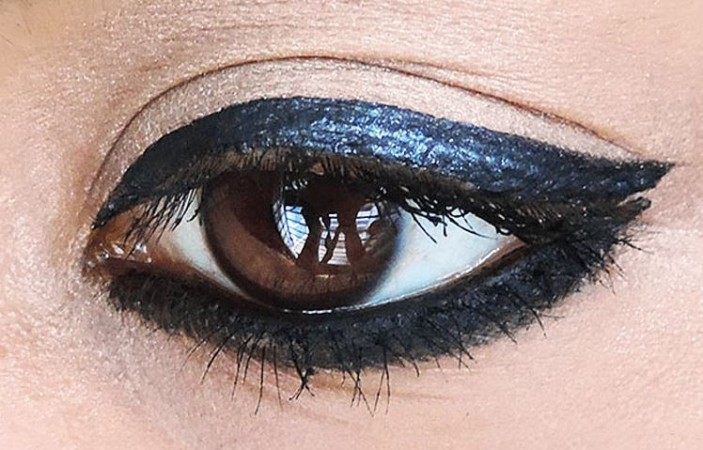
Kajal, also known as kohl, is a staple in Indian beauty routines, used to enhance the eyes and complete a makeup look. This traditional beauty product has been passed down through generations and is even applied to infants for its believed protective qualities. While store-bought kajal can be convenient, making it at home offers numerous benefits. Homemade kajal is natural, free from harmful chemicals, and cost-effective. Here’s how you can make your own kajal using simple ingredients found at home.
Benefits of Homemade Kajal
Natural Ingredients: Homemade kajal is made from pure, natural ingredients, ensuring it is safe for sensitive eyes.
Cost-Effective: Creating kajal at home eliminates the need to spend money on expensive commercial brands.
Chemical-Free: Unlike some store-bought kajal, homemade versions do not contain harmful chemicals or preservatives.
Customizable: You can customize the ingredients to suit your preferences, such as using different oils for added benefits.
Tradition and Culture: Making kajal at home connects you to traditional beauty practices and cultural heritage.
How to Make Kajal at Home
Ghee Kajal
Ghee kajal is known for its nourishing properties. Here’s how to make it:
Ingredients:
Ghee (clarified butter)
Cotton wick
Clay lamp
Plate
Two glasses
Method:
Fill a clay lamp with ghee and place a cotton wick in it.
Light the wick and position the lamp between two glasses, with a plate covering the top.
Allow the lamp to burn for several hours. The soot collected on the plate is your kajal.
Once the lamp goes out, scrape the black soot from the plate and store it in a clean container.
Almond Kajal
Almonds are rich in vitamin E, which is beneficial for the skin around the eyes.
Ingredients:
Mustard oil
Cotton wick
Almonds
Clay lamp
Plate
Two glasses
Method:
Fill a clay lamp with mustard oil and insert a cotton wick.
Place two almonds near the flame.
Cover the lamp with a plate supported by two glasses.
Light the lamp and let it burn until the wick and almonds are completely burnt.
Scrape the soot from the plate, add a drop or two of almond oil, and mix to create a smooth paste.
Mustard Oil Kajal
Mustard oil is known for its antibacterial properties and is used to create a simple yet effective kajal.
Ingredients:
Mustard oil
Cotton wick
Clay lamp
Plate
Two glasses
Method:
Fill a clay lamp with mustard oil and place a cotton wick inside.
Light the wick and cover the lamp with a plate supported by two glasses.
Let the lamp burn completely.
Scrape the collected soot from the plate and store it in a container for use as kajal.
Camphor Kajal
Camphor is used for its cooling and soothing properties.
Ingredients:
Camphor
Clay or copper lamp
Plate
Two cups
Method:
Place a plate over two cups with a gap in between.
Light a piece of camphor in a clay or copper lamp.
Slide the burning camphor under the plate.
Allow the camphor to burn completely, collecting the soot on the plate.
Scrape off the soot and, if it’s too dry, add a drop of almond oil to create a smooth kajal paste.
Making kajal at home is a simple, cost-effective, and natural alternative to buying expensive commercial products. With these methods, you can enjoy the benefits of chemical-free, nourishing, and customizable kajal while connecting to traditional beauty practices. Try these recipes and experience the difference of homemade kajal.
International Yoga Day Celebrated at ASEAN Secretariat with Indian Mission
Kallakurichi Hooch Tragedy: Toll Climbs to 47, Efforts to Curb Illicit Liquor Sales
If you have a problem with kidney stones, do this best 5 yogasan, you will get rest